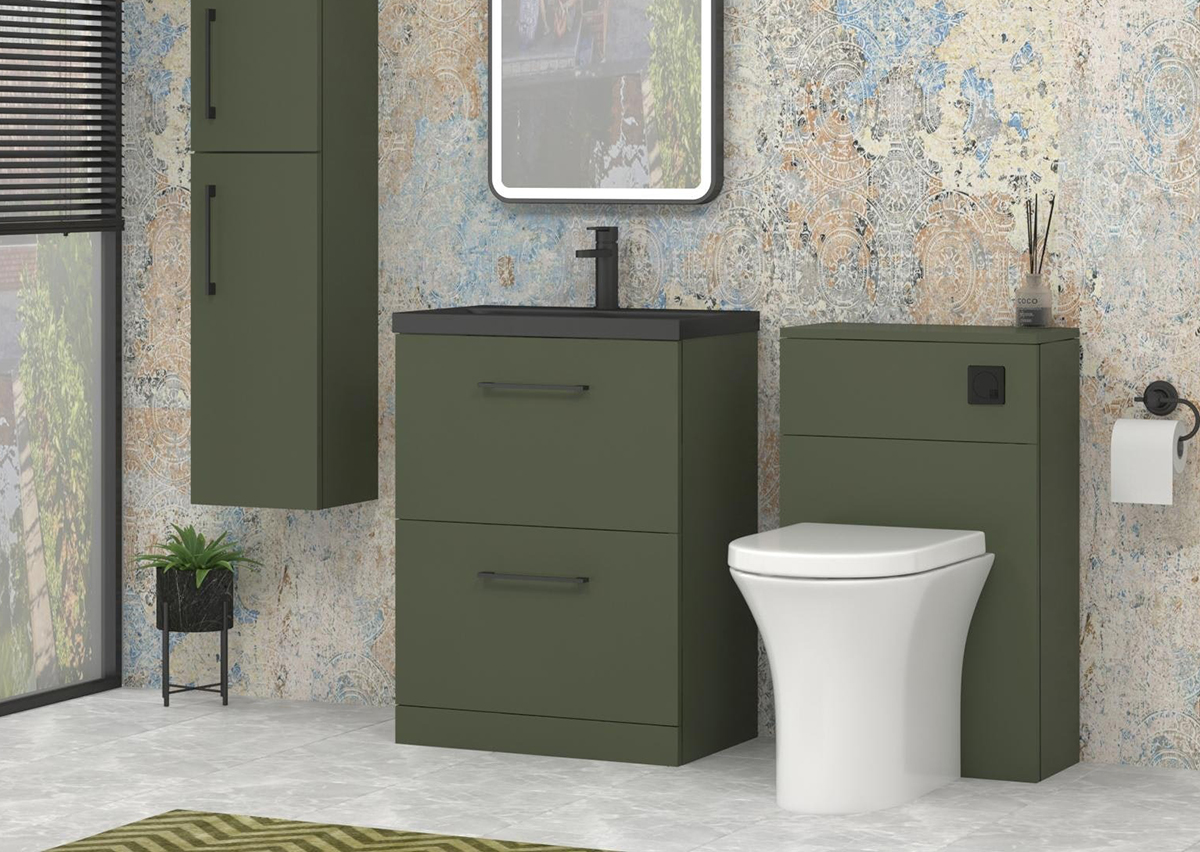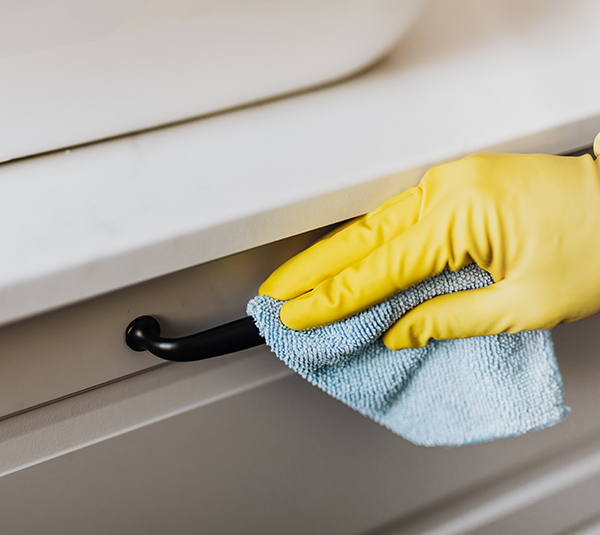
If you’re looking for a stress-free DIY bathroom furniture installation project, this is the blog for you!
Whether you need to install new bathroom furniture or a bathroom vanity unit, our comprehensive guide is here to support you with step-by-step instructions which we hope will lead to a successful bathroom furniture installation.
From essential tools to common challenges and pro tips, we've got you covered with everything you need to know about bathroom furniture placement and installation.
Get ready to transform your bathroom with ease and efficiency!
What Tools are Needed for Installing Bathroom Furniture?
Before you begin the installation process, you’ll need to gather the necessary tools to ensure a smooth assembly.
These commonly include:
- Tape measure
- Spirit level
- Screwdriver
- Drill
- Hammer
- Adjustable wrench
- Safety goggles
Now you have all the right tools, let’s get into the installation process.
Step by Step Guide to Installing Bathroom Furniture:
Are There any Specific Measurements to Consider When Installing Bathroom Furniture?
Start by measuring your bathroom space and assessing the layout. Consider the placement of existing fixtures and ensure you clear the area properly.
When planning the arrangement of your bathroom furniture, keep in mind factors such as accessibility and design appeal.


Prepare the Area:
Clear the area where the furniture will be installed. Remove any existing furniture or accessories that may hinder the installation process. Ensure the floor is clean and free of debris.
Assemble the Furniture:
Installing bathroom storage units and cabinets needs keen focus.
Follow the manufacturer's instructions to assemble each piece of furniture. Pay attention to the order of assembly and use the provided hardware for secure connections. Take care to align the pieces properly and tighten all fasteners.
Secure to Wall or Floor:
Depending on the type of furniture, you may need to secure it to the wall or floor for extra stability. Use anchors, brackets, or screws as recommended by the manufacturer. Use a level to ensure the furniture is straight and properly aligned.
Connect Plumbing and Electrical:
If your bathroom furniture involves plumbing or electrical connections, follow the instructions provided carefully. Connect water supply lines, drains, and electrical wires as needed.
If you’re unsure, consult a professional to make sure everything has been done safely.
Tips for a Seamless Bathroom Furniture Installation Process:
Once the furniture is installed, test all components for proper functionality. Check for any leaks, loose fittings, or uneven surfaces. Make any necessary adjustments to ensure everything is in working order.


Common Challenges and Solutions in Bathroom Furniture Installation:
Can I Install Bathroom Furniture on any Type of Flooring?
The answer is mostly yes. However, if your bathroom has uneven flooring, it can pose a challenge during installation. Use shims or adjustable feet to level the furniture and provide stability.
How to Make Small Bathrooms Look Spacious?
Smaller bathrooms may present space constraints. Opt for compact or wall-mounted furniture to make the most of your space. You might want to consider installing a corner unit or a vertical storage option.
How to Overcome Plumbing Obstacles?
Existing plumbing pipes can interfere with the installation process. Plan your furniture placement accordingly, making necessary adjustments or seeking professional assistance if needed.
Pro Tips for a Successful Bathroom Furniture Installation Project:
Read the Instructions:
Carefully read and understand the manufacturer’s instructions before starting the installation. This will prevent mistakes and ensure a smooth process.
Seek Assistance if Needed:
If you're unsure about any aspect of the installation, don't hesitate to seek professional help. It's better to have an expert guide you through challenging installations.
Take Safety Precautions:
Wear safety goggles when drilling or using power tools. Follow safety guidelines provided by the manufacturer and use caution throughout the installation process.
Essential Tools for Bathroom Furniture Installation
| Tools | Description |
|---|---|
| Tape Measure | Used for precise measurements and ensuring proper placement. |
| Level | Helps ensure the furniture is straight and aligned. |
| Screwdriver | Necessary for tightening screws and fasteners. |
| Drill | Used for creating holes for screws and anchors. |
| Hammer | For driving nails or tapping components into |
Conclusion
Installing bathroom furniture or bathroom vanity units can be a rewarding DIY project that breathes new life into your bathroom. You can achieve a successful installation by following our step-by-step guide and using the right tools.
Taking measurements, planning the layout, assembling the furniture, securing it to the wall or floor, and connecting plumbing and electrical components are all essential steps in the process.
Addressing common challenges such as uneven floors, limited space, and plumbing obstacles requires careful consideration and adjustments. Remember to read the instructions, seek assistance if needed, and prioritise safety throughout the installation.
With proper planning and execution, you can transform your bathroom with ease and efficiency, creating a space that looks fantastic and works like a dream.
